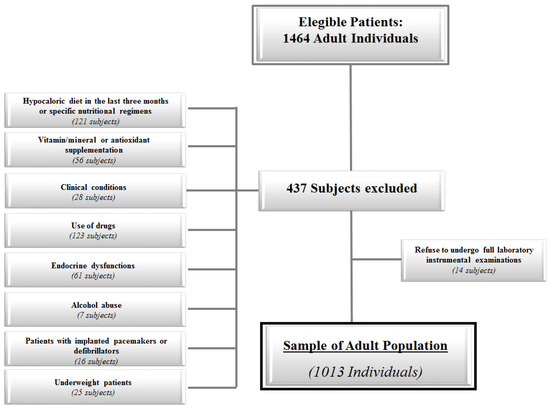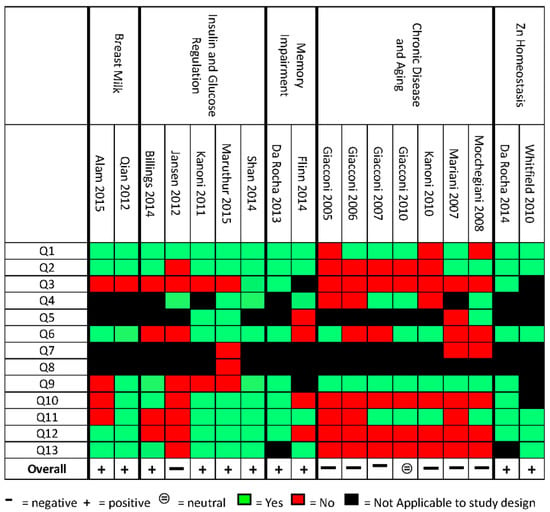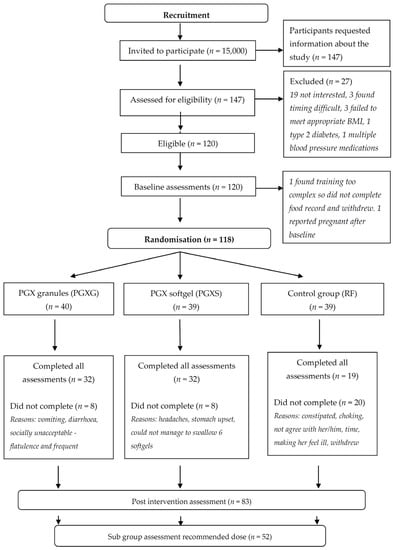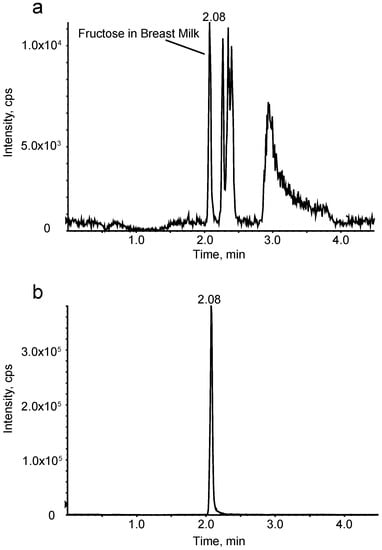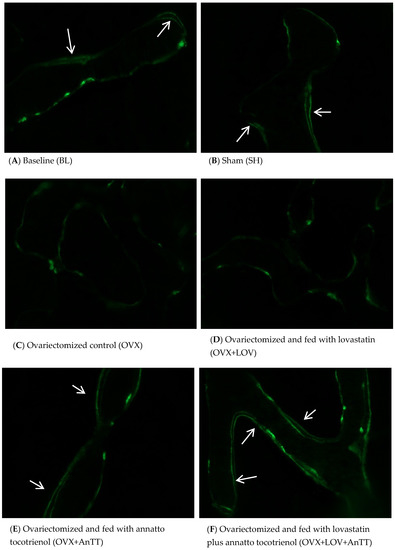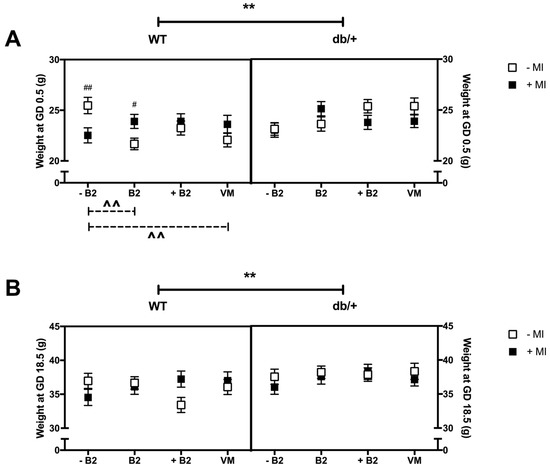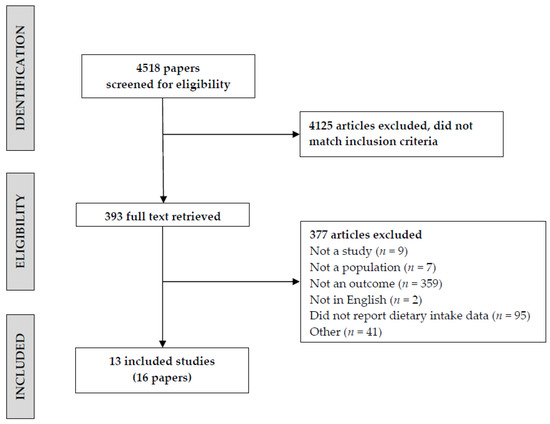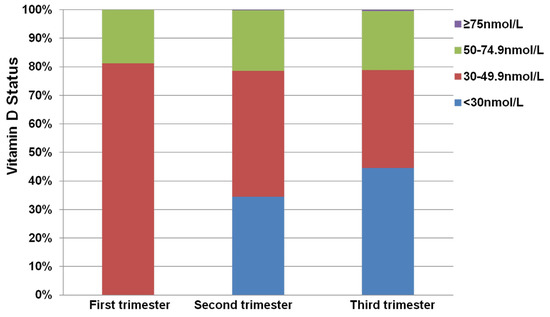1
I.O.S. COLEMAN Srl, Acerra, 80011 Naples, Italy
2
Dipartimento di Medicina Clinica e Chirurgia, Unit of Endocrinology, Federico II University Medical School of Naples, Via Sergio Pansini 5, 80131 Naples, Italy
3
IRCCS SDN, Napoli Via Gianturco 113, 80143 Naples, Italy
Nutrients 2017, 9(2), 151; https://doi.org/10.3390/nu9020151 - 17 Feb 2017
Cited by 72 | Viewed by 7162
Abstract
▼
Show Figures
The Mediterranean diet is a healthy dietary pattern known to actively modulate the cell membrane properties. Phase angle (PhA) is a direct measure by Bioelectrical Impedance Analysis (BIA) used as marker of cell membrane integrity. Both food behaviour and PhA are influenced by
[...] Read more.
The Mediterranean diet is a healthy dietary pattern known to actively modulate the cell membrane properties. Phase angle (PhA) is a direct measure by Bioelectrical Impedance Analysis (BIA) used as marker of cell membrane integrity. Both food behaviour and PhA are influenced by age, sex and body weight. The aim of this study was to cross-sectionally evaluate the association between the adherence to Mediterranean diet and PhA in 1013 healthy adult patients stratified according to sex, age, and body mass index (BMI). The adherence to the Mediterranean diet was evaluated using the PREvención con DIeta MEDiterránea (PREDIMED) questionnaire. PhA was calculated by BIA phase-sensitive system (50 kHz BIA 101 RJL, Akern Bioresearch, Florence, Italy Akern). In both sexes, at ROC analysis a PREDIMED score ≥ 6 predicted a PhA beyond the median value. At the multivariate analysis, among PREDIMED score, age, and BMI, the PREDIMED score was the major determinant of PhA, explaining 44.5% and 47.3% of PhA variability, in males and females respectively (p < 0.001). A novel association was reported between the adherence to the Mediterranean diet and PhA, independently of sex, age, and body weight. This association uncovered a new potential benefit of the Mediterranean diet on health outcomes, as in both sexes higher adherence to the Mediterranean diet was associated to larger PhAs, as expression of cell membrane integrity.
Full article

